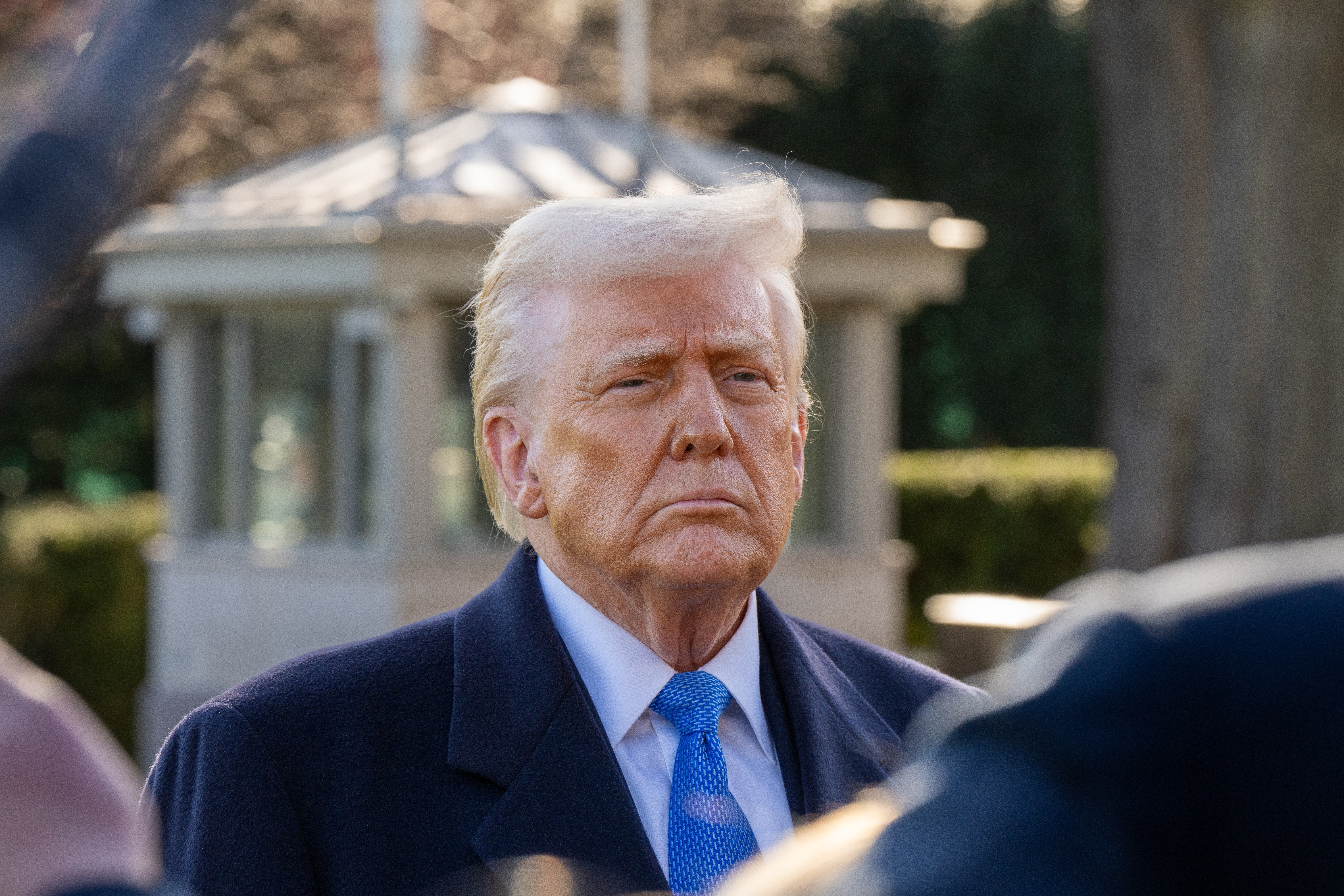President Trump’s bold restructuring of the executive branch has sparked intense debate over constitutional authority and the boundaries of presidential power. Invoking the “unitary executive theory,” Trump has initiated widespread personnel changes, including the firing of 17 independent watchdogs, the director of the Consumer Financial Protection Bureau, and Democratic appointees across federal agencies. How has the deep state resisted Trump’s executive authority?
Trump’s Constitutional Authority and the Unitary Executive Theory
President Donald Trump has initiated his second term with dramatic executive actions aimed at restructuring the federal government, firing numerous officials, and implementing major policy shifts. The administration’s approach is rooted in the “unitary executive theory,” which interprets Article II of the Constitution as granting the president complete authority over the executive branch.
Trump himself has previously stated, “I have an Article II, where I have the right to do whatever I want as president,” reflecting this expansive view of presidential power. Constitutional scholar Steven Calabresi, who supports this interpretation, argues that the president “has the power to control subordinates throughout the executive branch, including in the independent agencies, and how they exercise power. And as a corollary to that, he has the power to remove or fire subordinates in the executive branch.”
The administration’s actions include removing 17 independent watchdogs, firing the director of the Consumer Financial Protection Bureau, and dismissing Democratic Federal Election Commissioner Ellen Weintraub. Federal DEI staff have been placed on leave, prosecutors involved in January 6 cases have been terminated, and buyouts have been offered to millions of federal employees.
Critics argue these moves prioritize loyalty to Trump over regulatory expertise and potentially violate constitutional checks and balances. Bob Bauer, who served as White House counsel under President Obama, frames the issue clearly: “This is where the debate is: at what point does the kind of power that Trump wants and the way he exercises his power cross over from a constitutional vision about presidential power to an a-constitutional vision?”
Richard Trumka Jr., Alex Hoehn-Saric, and Mary Boyle were illegally fired from the Consumer Product Safety Commission by President Trump — and they’re still speaking out to protect Americans.
I’m grateful for their courage and leadership. Hear more from @TrumkaCPSC: pic.twitter.com/Dzay8KgpLx
— Amy Klobuchar (@amyklobuchar) May 16, 2025
Resistance and Legal Challenges to Executive Authority
Despite Trump’s aggressive approach to restructuring government, multiple Democratic appointees have successfully resisted removal from their positions. Several officials have been reinstated by lower-court judges, creating an unprecedented standoff between the executive branch and appointees who argue their positions are legally protected from presidential removal.
Richard Trumka Jr., a Consumer Product Safety Commission member, directly challenged Trump’s authority to remove him, stating: “I’ve got more work to do here in service of you and your family, and the president does not have the authority to remove me. So I won’t take this lying down. See you in court, Mr. President.” Similarly, Alexander Hoehn-Saric of the same commission has criticized the administration’s actions, claiming, “Although done in the name of ‘efficiency,’ these cuts have simply caused chaos. By crippling core government functions, the Administration is making communities throughout this great nation less safe and life harder.”
Court rulings have reinstated at least five Democratic appointees while litigation continues, preventing the administration from physically removing these individuals from federal offices. Notable resistance comes from appointees across various agencies, including Rochelle Garza at the U.S. Commission on Civil Rights, Mary Boyle at the Consumer Product Safety Commission, and Travis LeBlanc and Ed Felten on the Privacy and Civil Liberties Oversight Board.
The legal battles center on statutory protections for certain positions that may limit presidential removal powers, even under the unitary executive theory. A judge recently ruled against blocking Trump’s removal of Corporation for Public Broadcasting board members, but acknowledged limitations on presidential control over the Corporation, highlighting the complex legal landscape facing the administration.
“These cuts, let me be clear, will harm American people.”
Hear from one of the three illegally fired commissioners of the Consumer Product Safety Commission, Alexander Hoehn-Saric, about the importance of protecting the CPSC and its work to keep Americans safe. pic.twitter.com/21YOhRMhZ1— Senator Amy Klobuchar (@SenAmyKlobuchar) May 17, 2025
Constitutional Implications and Future Governance
The ongoing confrontation between Trump and resistant appointees raises fundamental questions about constitutional governance and the separation of powers. Legal experts anticipate these disputes will eventually reach the Supreme Court, potentially resulting in landmark decisions that could either expand or limit the unitary executive theory.
Trump’s stated goals include controlling federal spending and dismantling entire agencies, such as USAID and the Department of Education. These ambitions go beyond personnel changes to fundamentally reshape the federal government’s structure and function, testing the boundaries of executive authority regarding Congress’s constitutional role.
Critics argue that Trump is overstepping constitutional boundaries by infringing on powers specifically designated to Congress. The White House maintains that Trump is working within his constitutional authority to reorganize the executive branch and ensure accountability, framing the resistance as evidence of an entrenched bureaucracy working against the elected president’s agenda.
Regardless of how courts ultimately rule, the immediate impact of Trump’s actions may cause lasting changes to federal institutions. The unprecedented scale and scope of these restructuring efforts highlight evolving interpretations of presidential power and constitutional authority, with potentially far-reaching consequences for American governance.

